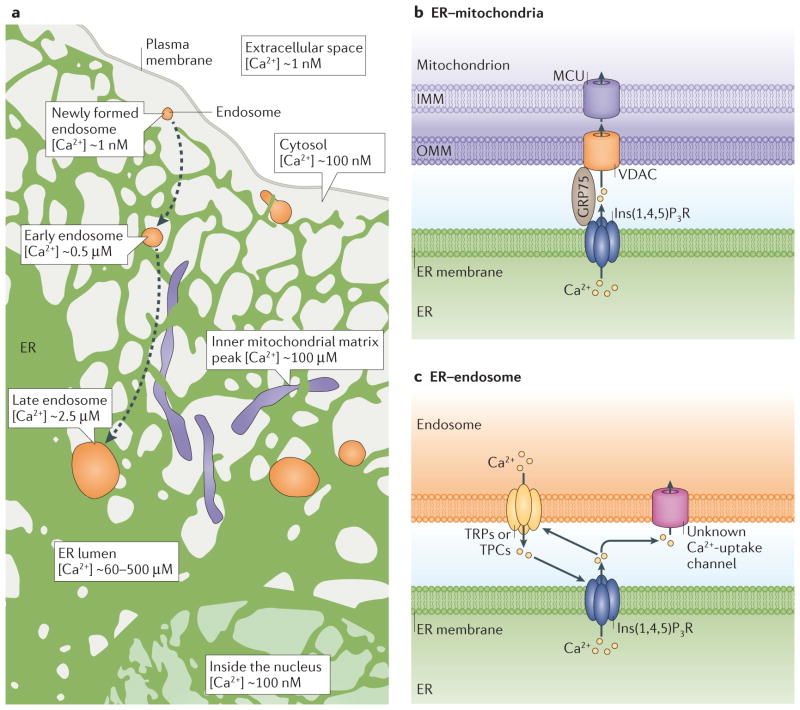Figure 4. Calcium (Ca2+) exchange at endoplasmic reticulum (ER) membrane contact sites (MCSs).
a | The ER lumen is the major Ca2+ store in the cell, with a Ca2+ concentration ([Ca2+]) of ~60–500 μM). In the extracellular space, [Ca2+] is high (~1mM) compared to the intracellular cytosol (~100nM). Newly formed endosomes have taken up Ca2+ from the extracellular space, so the luminal [Ca2+] is close to the same as that of the extracellular space (~1 mM). Luminal Ca2+ is then released so that early endosomes have [Ca2+] ~0.5 μM and late endosomes have [Ca2+] ~2.5 μM. The ER–endosome MCS is a site of dynamic Ca2+ crosstalk. Endosomes may be able to sequester Ca2+ released from the ER. The ER transfers Ca2+ to mitochondria, with peak mitochondrial Ca2+ concentrations reaching 100 μM. b | ER Ca2+ released from the ER through inositol-1,4,5- trisphosphate receptors (Ins(1,4,5)P3Rs) provides a concentrated Ca2+ spike that can be taken up through the outer mitochondrial membrane (OMM) by VDACs (voltage dependent anion channels) and then through the inner mitochondrial membrane (IMM) by the mitochondrial Ca2+ uniporter (MCU) ion transporter into the mitochondrial matrix. The 75 kDa glucose-regulated protein (GRP75) functions as a chaperone, coupling Ins(1,4,5)P3R to the VDACs. c | Endosomes are capable of releasing Ca2+ though transient receptor potential channels (TRPs) or two-pore channels (TPCs). ER Ca2+ released from ER via Ins(1,4,5)P3Rs could be taken up into endosomes through unknown endosome Ca2+-uptake channels. Ca2+ release from endosomes can also stimulate Ca2+ release from the ER through Ins(1,4,5)P3Rs and vice versa.

